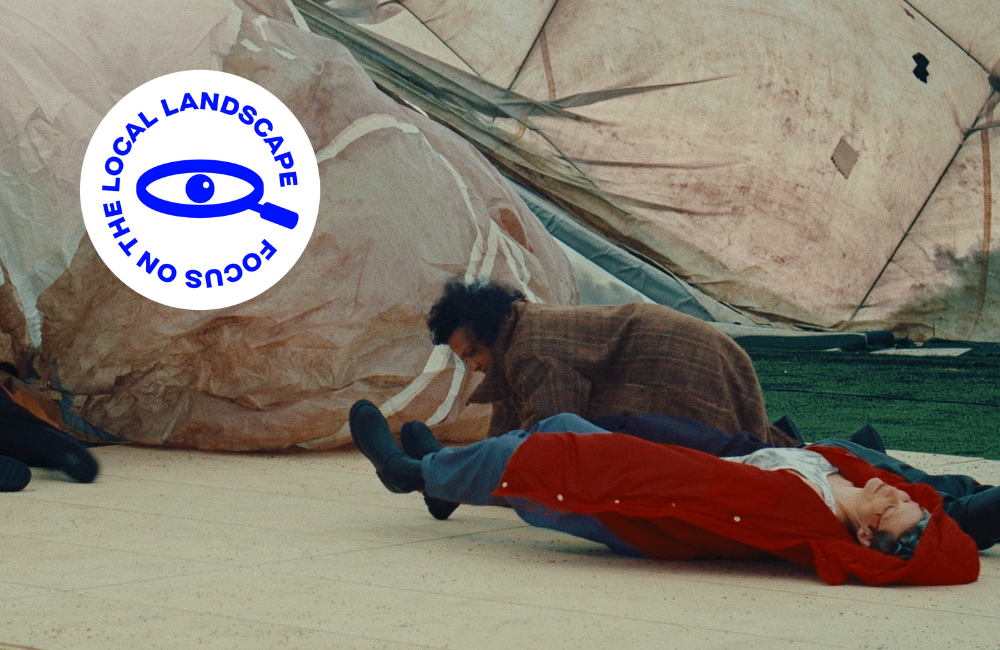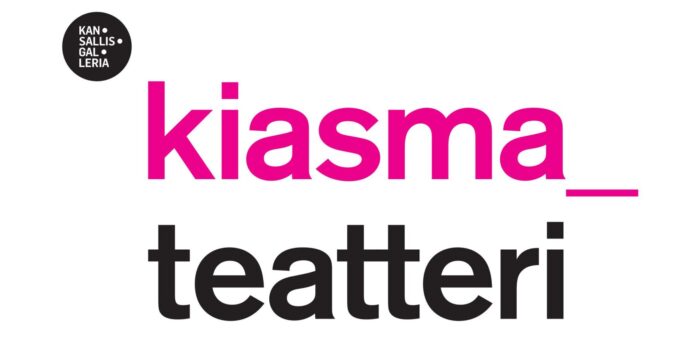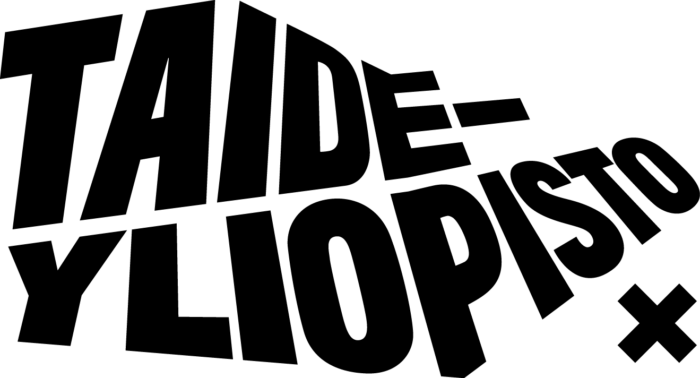
Could you tell us about the background and starting point of your project?
I have always wondered what an event is. What happens? What do we see happening. What else happens? How does it happen? As a performance artist I have always doubted whether it actually is possibly to provoke or ‘create’ an event? An actual event, I think is not made. But perhaps art and performance art can be a place of collective processing of an event, or a preparation for it.
There are two themes and life forms, I am fascinated with and that are also a subject in this project: parasites and monsters, or more particularly: parasitic relations and monstrous narratives as that is what parasites and monsters engage with. By that I mean the ability to create and inhabit deep interdependencies and to negotiate terms that coexist regardless of considerable differences, in size and dimension, or even in a form of communication. Parasites and monsters share an imaginative form of survival, an ability to redefine, or even abandon a sense of self and an ability to shift power asymmetry in a complex and paradigmatic way. When I talk about monstrous I talk about embracing all what human is not, I mean those who are discarded from the human logic and yet on which humanity defines itself. The stories we tell to gain power over others.
It took me a while to arrive to these terms. I do not particularly like them, but I believe they carry an answer to certain particular intersections of economic, social and political questions that we cannot reach from a only human perspective. It is a layer of sub-, super- and non-humanity, which is casted away and which could possibly hold answers. For me they hide in actual strategies, protocols, and methods which are employed by those accused as parasitic or monstrous. When you have a closer look they become actually something quite different. This could provide a ground for conversations that aren’t easy, nor smooth, or clean, but I believe that these are the conversations to have right now. Hence I propose a training session or a ridicament . What is that? Ridicament is a made-up word, a mixture of ridiculousness and predicament, for a made-up situation that holds elements of a performance, a gathering and a training, and perhaps the potentiality for an event. In other words, with: “We’s and Us’s” I propose to form tactics and strategies for collective organization.
How do you situate your artistic work within the Finnish performing arts landscape?
I am Polish. It is not a particularly attractive but tolerated form of foreign-hood in this country. I am born in 1978, which means being born in an economic structure that doesn’t exist anymore. This combined with everyone having some projection over what that life might have been, me included, and the return of the far right sentiments riding on the back of the old anti-communist sentiments not only in my home country, but also around the world, has shaped me without much of my choice. So, I embrace the foreign-hood, the communist past with its uneasiness, and that is how I situate myself. Then, being a performance artist with the background in visual arts, working in the intersections with live art, performance studies and artistic research, all that together in times of austerity politics spreading over the entire public sector, it is another level of uneasiness.
For over 10 years I have been active in groups advocating for art workers working conditions, pointing out the paradoxes of this profession: to make a living, looking for solutions to face the demands of labour and market. As artist I have worked against the myth of the ‘artist-genius’ but also against the stereotype of the ‘starving artist’, actively trying to understand the form of artistic production and logic of capital both historically and right now. I have been collaborating with economists and scholars, artists and art workers in many collective endeavours. Questioning together the immateriality of labour, digital capitalism and organisation. I have been working on the fringe of experimental art/activism/and ‘something from completely different’. I was part of Robin Hood Minor Asset Management (the counter-investment cooperative of precariat), Future Art Base, Economic Arts – the research department at Aalto University, Night Schoolers – a self-organised study curriculum on artist labour conditions and Arts Against Cuts, to mention just a few. And it has been too much, too demanding to work out the form of expression between discourses of art, political theory and economy, between issues of precarity and neo-liberalisation of art institutions, decolonial practice and new materialist feminism – collectively. I got lost in the collective dynamics, other people’s visions, and the extent of the question.
I have found for myself these concepts and methods of parasites and monsters as a two-headed strategy to tackle the multi-headed, the shapeshifting problematics I have been invested in and I partially withdrew from. For a few years, I have been working on a doctorate to work more systematically on the articulation and a method. We’s and Us’s is sharing some of the results of that work. It is also my love letter to all those I have been working with, to our grand plans and troubles we couldn’t solve… and to everyone else who ever failed working collectively . It is surely weird to formulate a love letter in parasitic and monstrous terms. But there is a life in it.
Karolina Kucia: We’s and Us’s
Kiasma Theatre 16.11.2025 10.00 & 14.00
Concept, form and facilitation: Karolina Kucia
In collaboration with: Kiasma Theatre, The Performing Arts Research Centre Tutke and Uniarts Helsinki
Photo: Janina Witkowski (still frame from the film We Bites Us)
Film credits We Bites Us (2023):
Script and direction: Karolina Kucia
Producer: Danai Anagnostou
Cast: Vishnu Vardhani Rajan, Esete Sutinen, Oo Condit, Roxana Sadvokassova, Fjolla Hoxha, Marié Grace Iradukunda
Editor: Smaro Papaevangelou
Cinematographer: Janina Witkowski
Sound designer: Lou Strömberg
Composers: Elvin Brandhi, L T Leif, Robyn Anne Dawson, Air Max ‘97
Intimacy coordinator: Marit Östberg
Creative technologists: Gregoire Rousseau, Angelina Barbonelova, Alain Ryckelynck
Animation: MASCISTA
Makeup artist: Siham Sheikh
Costume designer: Marié Grace Iradukunda
Set designers: Maria Mastola, Karolina Kucia
Supported by: Kone Foundation, Finnish Cultural Foundation, Saastamoinen Foundation, The Promotion Centre for Audiovisual Culture (AVEK), Omron Electronics Oy, Performing Arts Research Centre – TUTKE, Kenno Film Osk

